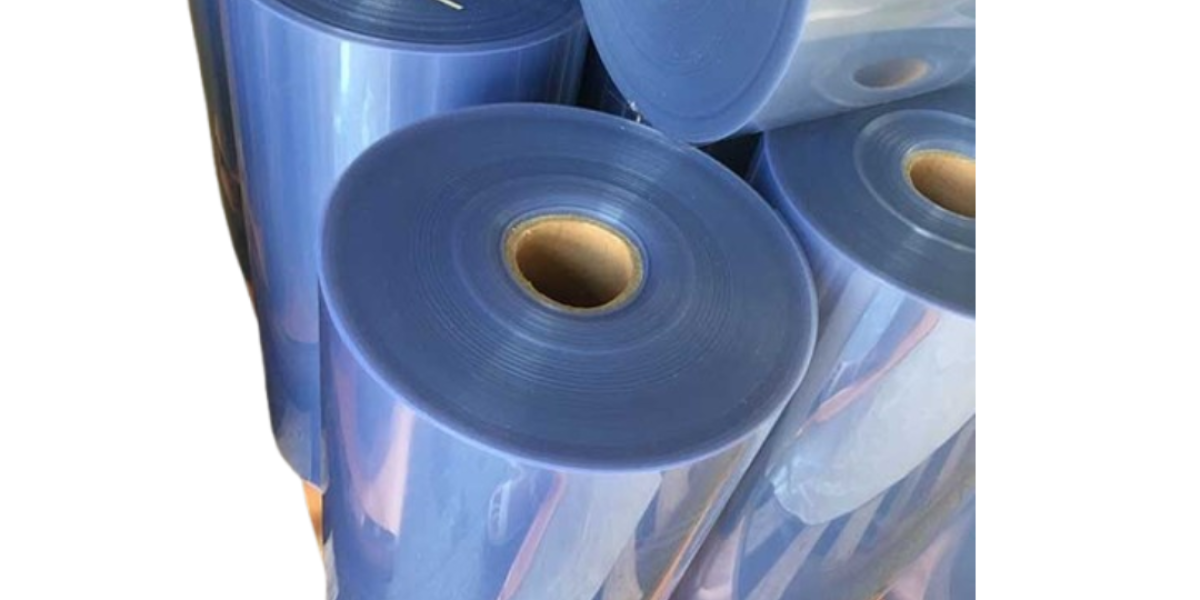Between different construction techniques stands the vacuum formation as a very versatile and cost -effective method for shaping plastic sheets. This process, which is often underestimated, is a foundation stone for countless innovative designs, from sophisticated industrial components to consumer supports. Magic is in proper casting of Thermoforming sheets price in India, replacing flat warehouses with remarkable accuracy and repetition in complex, three -dimensional forms.
Vacuum Essence: A Wide Form
It begins with a thermoplastic sheet, which is safely collected in a frame. This sheet is heated to it when a viable, rubber position. Once at the optimal temperature, a mold is offered (either male or female, depending on the desired result) under the soft sheet. Then apply a vacuum, which pulls the warm plastic down or on the shape of the shape, makes an accurate impression. The formed section is then trimmed, and all extra material is removed, prepared for further process or mounting. Plastic sheets are important, with common ingredients including ABS, hips, PVC, PETG and polycarbonate, each is a unique combination of strength, flexibility, optical clarity and chemical resistance.
Versatility In Design And Application
The true strength of creating a vacuum lies in the incredible versatility. Unlike injection casting, which requires significant investment and is best suited for high-wanel production, vacuum formation provides small driving, adapted design and more narrow solutions for large refusal parts. This creates an ideal choice for prototyping new products, where returns often occur and the speed of the market is important. Imagine making customized cars in a car, complex medical equipment houses, lively retail development units or even durable packaging inserts – achieved with accuracy throughout all vacuum production. The process allows for construction of parts with integrated functions such as owners and ribs for separate wall thickness, structural integrity and even the surface with a direct texture from the mold. This adaptability unlocks a wide range of design opportunities to strengthen engineers and designers to continue the boundaries of traditional production.
Economic Profit And Significant Efficiency
Beyond the design flexibility, vacuum formation also forces financial benefits. Tulling costs associated with vacuum formation are much lower than other casting techniques. Depending on the amount of production and necessary durability, mold fungus can be aimed from a variety of materials, including wood, epoxy, aluminum or even 3D-crushed materials. This reduced investment in advance makes it available to small and medium -sized companies (SME) and limited budget projects. In addition, vacuum formation is known for its content efficiency. While some scrap material is produced during the trimming process, it is often recycled and contributes to a more durable production cycle. Ability to work with different thickness
Innovations And Future Trends
Vacuum pitching is not stable; It continues to develop with progress in materials, machines and automation. New altitude demonstrations Thermal formation of Thermoforming plastic sheet manufacturers is constantly developing new materials with advanced properties, such as better influence resistance, UV stability or flame retardation, and opens new applications in the demand environment. Automatic vacuum -layered machines with robot loads and unloading options increase production efficiency and accuracy, reducing labor costs and cycles. Integration of CAD/CAM software provides more complex mold design and adapted material use. For example, customized solutions and rapid prototype requirements increase, the role of vacuum production is only possible in the manufacture of plastic, the boundaries will advance. Collaboration with experienced therma forming sheets is important to remain similar to these material innovations and ensure access to the highest quality raw materials.
Conclusion
Vacuum -shaped plastic sheets are more than just one instrument in the end; They are a basic component of innovative design and efficient production tool sets. His ability to convert the Thermoforming sheet suppliers into complex shapes with accurate molded, economic viability and remarkable versatility makes them indispensable in a wide range of industries. By enabling rapid prototypes and customized solutions to facilitate the production of large format with low tool costs, vacuum formation continues to strengthen designers and engineers to bring their most creative views to life. As materials and technology promote, the accuracy and capacity of this casting technique will only increase, for this, make your place solid as a foundation stone.
Frequently Asked Questions
Question: What are the primary factors affecting the price of thermoforming sheets in India?
A: The thermal -forming sheet price in India is mainly affected by plastic resin (eg ABS, hips, PETG), Art thickness and dimensions, order and current global raw material prices. Manufacturers and suppliers can request transport costs and any specific additives or finishes.
Question: How do I choose the right thermal forming of a plastic sheet manufacturer for the needs of my specific project?
A: When choosing a thermal forming of a plastic sheet manufacturer, consider their expertise with specific plastic you need, their quality control procedures, their production capacity to meet your quantity needs, their most important time and their prestige for customer service and technical support. It is also beneficial to inquire about their permanent practice and material sourcing.
Question: Which vacuum -shaped parts can be used for external applications, and what materials are best for it?
A: Yes, vacuum -shaped parts can be used for external applications, but the material for material is important. UV-fall for plastic such as UV-stabilized ABS, polycarbonate and acrylic are excellent alternatives due to their underlying resistance to temperature and temperature fluctuations. These materials ensure the life and appearance of the formed part of the vacuum when exposed to external elements.












